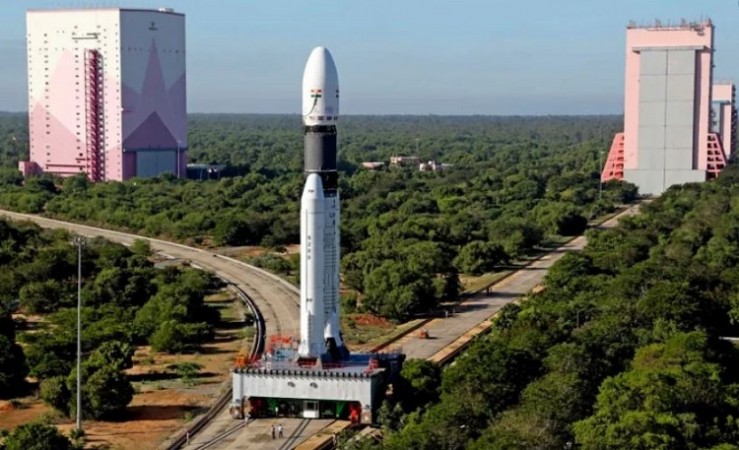
SRIHARIKOTA: Today, on April 22, at 14.19 a.m., the Polar Satellite Launch Vehicle C55 (PSLV-C55) of the Indian Space Research Organisations (ISRO) launched Singapore's TeLEOS-2 as the principal satellite and Lumelite-4 as a co-passenger satellite into orbit.
"Congratulations PSLV and NSIL for this successful launch," said ISRO Chairperson S. Somnath, adding that there are "interesting things" planned for the near future. An international satellite customer from Singapore is the target of PSLV-C55, a specific commercial PSLV mission of NewSpace India Limited (NSIL), as per information given by ISRO.
TeLEOS-2, a Synthetic Aperture Radar satellite, will be the main satellite for this mission, and Lumelite-4, a nanosatellite for technological demonstration, will be the co-passenger satellite. This PSLV flight, the 16th to use the PSLV Core Alone configuration (PSLV-CA), is the 57th overall.
A collaboration between ST Engineering and DSTA (representing the Singaporean government) has resulted in the development of the TeLEOS-2 satellite. It will be utilised to assist the satellite imagery needs of various entities within the Singaporean government once it is installed and operational. Synthetic Aperture Radar (SAR) is the payload carried by TeLEOS-2. TeLEOS-2 will be capable of imaging at 1m full-polarimetric resolution and will be able to offer coverage in all weather conditions day and night.
The National University of Singapore's Satellite Technology and Research Centre (STAR) and A*STAR's Institute for Infocomm Research (I2R) collaborated on the development of the LUMELITE-4 satellite. The High-Performance Space-borne VHF Data Exchange System (VDES) is being technologically demonstrated by LUMELITE-4, a cutting-edge 12U satellite. It intends to improve Singapore's e-navigation maritime safety and assist the worldwide shipping industry by utilising the VDES communication payload created by I2R and STAR's scalable satellite bus infrastructure.
PSLV-C55 mission will use the decommissioned PS4 stage as an orbital platform for scientific experiments.
After satellite separations, the PS4 will be employed as a platform for experiments for the third time. The MSA (multi-satellite adapter) will be attached with non-separable payloads. After all satellites have been separated, a command will turn ON the payloads. Around the PS4 tank on the platform will be a solar panel, which will be installed once it has been determined that the stage has stabilised.